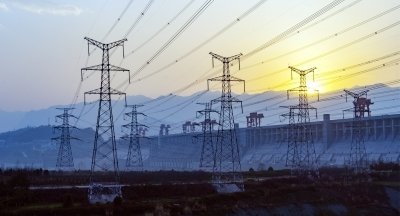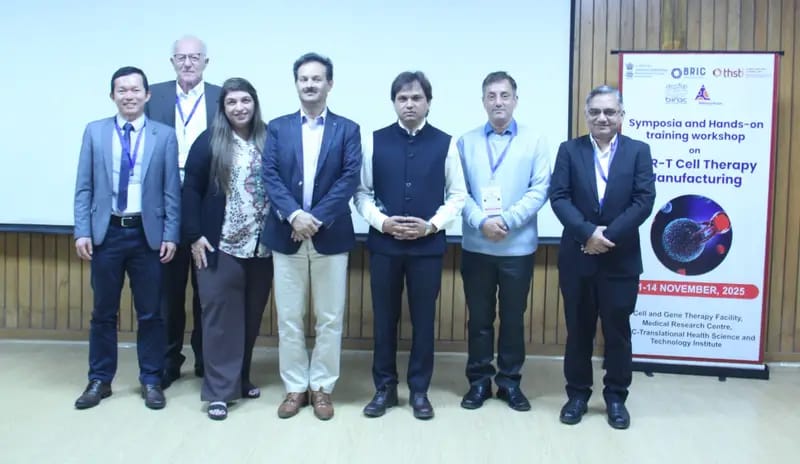- World Wide
- International
- National
- State
- Union Territory
- Capital
- Social
- Political
- Legal
- Finance
- Education
- Medical
- Science & Tech.
- Information & Tech.
- Agriculture
- Industry
- Corporate
- Business
- Career
- Govt. Policy & Programme
- Health
- Sports
- Festival & Astrology
- Crime
- Men
- Women
- Outfit
- Jewellery
- Cosmetics
- Make-Up
- Romance
- Arts & Culture
- Glamour
- Film
- Fashion
- Review
- Satire
- Award
- Recipe
- Food Court
- Wild Life
- Advice

India-Nepal ties growing
India and Nepal have agreed to construct a 400kV cross-border power transmission line connecting Butwal (Nepal) and Gorakhpur (India) (India). The agreement paves the way for the construction of a second cross-border transmission line between the two countries, which will be critical to Nepal’s electricity trade.
This is significant because the transaction was required to execute a $500 million grant to Nepal for energy transmission and road infrastructure projects. Washington and Kathmandu signed the Millennium Challenge Corporation Nepal Compact (MCC-Nepal) in 2017, with the goal of improving Nepal’s infrastructure.
MCC is one of the largest infrastructure development grants from the United States in Nepal’s recent history. The infrastructure projects proposed under MCC are cross-border connectivity projects between India and Nepal, such as roads and high-voltage transmission lines.
The new lines will allow power to be distributed throughout Nepal, with excess power exported to India via the Butwal-Gorakhpur corridor. Despite its enormous hydroelectric potential, some projects are postponed due to a lack of timely approval. This is why Nepal imports a large portion of its electricity from India.
The 400 kV Dhalkebar-Muzaffarpur line is currently the most important electricity line connecting India and Nepal. With the completion of the Butwal-Gorakhpur transmission line, Nepal can switch power over to an alternate transmission line in the event that the first electricity line experiences problems.
Because Nepal relies heavily on run-of-the-river projects with high output during the rainy seasons, the Butwal-Gorakhpur line could be a good way to meet seasonal demand and supply. Nepal can import energy during the summers if the plants are operating at less than 50% capacity. Butwal is a strategic location for cross-border energy trade between India and Nepal because of its ability to connect with Gorakhpur in Uttar Pradesh.
The 400kV d/c line between Dhalkebar and Muzaffarpur facilitates the transfer of large amounts of electricity. These connections provide approximately 700 MW of electricity to Nepal.
India is currently connected to several other South Asian nations, including Bhutan, Bangladesh, and Myanmar, thanks to its extensive experience in high-voltage transmission projects of significant capacity.
India has power-transfer agreements with several other countries in the region. After several years of strong cross-border electricity transfer with Bhutan, the Indo-Bhutan CBET is expected to increase to 4200 MW.
A 400 kV d/c line connects India and Bangladesh at Baharampur, India, and Bheramara, Bangladesh. Surajmaninagar in Tripura is linked to Comilla in Bangladesh via a second 132 kV interconnection. Both of these connections allow for a 1,160 MW flow to Bangladesh.
India is sending approximately 3 MW of electricity from Moreh in Manipur to Tamu in Myanmar via an 11 kV transmission line. Additional low-capacity lines are being developed collaboratively at several locations along the border.
The MCC-Nepal grant will assist Nepal in developing a significant electrical infrastructure and increasing highway connectivity, both of which will aid the country’s economic growth.
संबंधित पोस्ट
CPJ School of Law Organizes National Moot Court Competition, in Collaboration with
- Nov 17, 2025
- 95 views


























रिपोर्टर
The Reporter specializes in covering a news beat, produces daily news for Aaple Rajya News
Dr. Rajesh Kumar